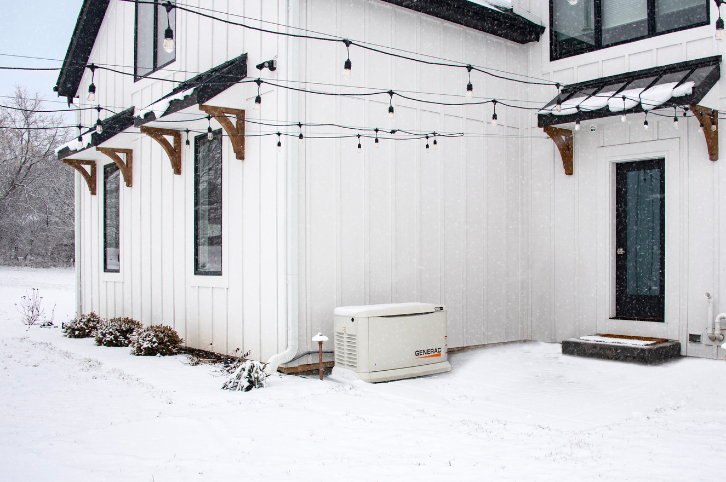
November 3, 2025
When a nor’easter hits or the snow starts piling up, you rely on your generator to keep the lights on, the heat running, and your home safe. But is it safe to run a generator during a heavy snowstorm or blizzard?
The short answer is yes, you can run a generator during a snowstorm, but there are important safety precautions and performance concerns to keep in mind. At PE Home Generators, we know how vital backup power is for Connecticut families, especially when winter storms can knock out electricity for hours or even days.
This guide covers the risks, safe operating practices, and winter generator tips every homeowner should know.
The Risks of Running a Generator in a Snowstorm or Nor’easter
Snow and ice may look peaceful, but they can create serious hazards for backup power systems. Here are the key risks that homeowners should prepare for before the next storm hits.
Carbon Monoxide Exposure and Ventilation Hazards
Whether you’re using a portable or standby generator, proper ventilation is critical. Snow buildup around the unit can block exhaust vents and force dangerous carbon monoxide back into the home or the surrounding area.
Carbon monoxide is odorless, colorless, and lethal, so never run a portable generator in a garage, enclosed porch, or near windows and doors. Standby systems installed professionally are designed to vent properly, but snowdrifts or ice buildup can still block exhaust and intake vents, reducing air circulation and creating risk.
Electrical Dangers from Snow and Ice
Snow and water don’t mix well with electricity. If snow melts onto electrical panels, outlets, or power cords, it increases the risk of short circuits or electrocution.
Homeowners should avoid plugging generators directly into home outlets (known as “backfeeding”), and always use weather-rated extension cords if using a portable unit.
Challenges with Generator Placement and Snow Drifts
Generators need airflow to operate safely and efficiently. Unfortunately, heavy snow and wind can create drifts that bury outdoor generators or partially block the intake and exhaust vents. This not only reduces performance but increases the risk of overheating or shutdowns.
Proper generator placement (including elevated pads and clearances) can make a big difference during a storm.
How Snow and Ice Can Affect Generator Performance and Safety
Even if your generator is installed correctly, snow and freezing temperatures can still cause problems that affect start-up, performance, and run time.
Vent Blockages and Engine Overheating
When snow piles up around your generator, it can block airflow to the engine and cooling system. This forces the unit to work harder, potentially leading to overheating or automatic shut-off. Snow and ice can also clog air filters, making it harder for the engine to breathe properly.
Cold Starts and Battery Failures
Cold weather can drain battery power quickly, making it harder for the generator to start up when the power first goes out. If the battery is already low or aging, freezing temperatures may be enough to prevent the system from turning over at all.
That’s why battery maintenance and pre-storm testing are critical, especially in winter.
Using a Standby Generator Safely During Harsh Winter Weather
Snow Clearance and Airflow Around the Unit
After a snowstorm, make sure to clear a 3–5 foot radius around your generator, including the top, sides, and vents. This promotes proper airflow and reduces the risk of carbon monoxide buildup or overheating.
Use a plastic shovel (not metal) to avoid damaging the unit, and double-check that vents and louvers are fully exposed.
Cold Weather Kits and Pre-Storm Testing
If you live in Connecticut or another cold climate, ask about installing a cold weather kit. These include battery warmers and oil heaters to help the generator start more reliably in freezing conditions.
Before a big storm, run a manual test cycle to ensure your system starts correctly, powers your essentials, and shows no warning lights. If something seems off, schedule a check-up with our service team before conditions worsen.
What to Know About Portable Generators in a Nor’easter
While standby generators are built for permanent installation, portable generators can be useful in emergencies, but they come with more safety risks.
Safe Outdoor Operation and Shelter Options
Portable generators must be placed outdoors, at least 20 feet from windows, doors, or vents. During a snowstorm, you’ll also need to protect the unit from precipitation without enclosing it. Specialized generator tents or shelters (designed for ventilation) can help keep snow off without trapping exhaust.
Never operate a portable generator in a garage, even with the door open.
Refueling and Run-Time Considerations
Portable units often require manual refueling, which can be tricky (or dangerous) during high winds and icy conditions. Always turn off the generator and let it cool before adding fuel. Keep extra gasoline or propane stored safely in an approved container, and only refuel in daylight or well-lit conditions.
Fuel Delivery and Access Challenges in Connecticut Winters
During nor’easters or deep freezes, fuel access can become a problem, especially for homes that rely on propane or need emergency refueling.
Propane and Natural Gas Access During Storms
Homes with natural gas hookups have the advantage of continuous fuel access (as long as utility service isn’t interrupted). But propane users may face delays in delivery if roads are closed or fuel companies are backlogged during a storm.
To avoid disruption, make sure your propane tank is topped off well before a winter storm hits.
Fuel Storage Tips for Extended Outages
- Store extra propane or gasoline in well-ventilated, temperature-controlled spaces (never inside the home).
- Use fuel stabilizers for gasoline stored longer than 30 days.
- Check expiration dates on stored fuel and rotate stock regularly.
- If you use diesel, consider a winter-blend to prevent gelling in low temperatures.
Cold Weather Maintenance to Keep Your Generator Running
Generators require more attention during the winter months. Here are a few seasonal tips to keep yours in top shape:
- Replace your air filter if it’s dirty or clogged with snow or debris.
- Check the oil viscosity; colder temperatures require thinner oil to ensure proper lubrication.
- Inspect your battery every few months and keep terminals clean and corrosion-free.
- Keep your unit clear of snow, salt, and ice, which can corrode components and block airflow.
Need help winterizing your generator? Our team offers routine maintenance and emergency service to keep you covered year-round.
Smart Tips for Safe Generator Use in Connecticut Storms
Monitoring Your Generator During the Storm
Stay aware of how your generator is performing throughout a storm:
- Listen for unusual sounds
- Watch for blinking lights or error codes
- Check power transfer status and fuel levels (if applicable)
If you’re signed up for remote monitoring or have a smart controller, use those tools to track the generator from inside your home.
What to Do If You’re Away During an Outage
Heading out of town during the winter? Make sure your generator is:
- Programmed to run automatically
- Connected to remote monitoring (if available)
- Inspected before you leave
- Clear of obstructions and snow hazards
Ask a trusted neighbor to check on your home after storms if you’re traveling, just in case.
Protect Your Home with a Professionally Installed Generator
When it comes to power outages in the middle of a Connecticut winter, preparation is a necessity.
Whether you’re caring for young children, elderly parents, or someone with medical needs, having a reliable standby generator can make all the difference. At PE Home Generators, we install, service, and maintain whole-home systems that are built to withstand the elements, no matter how tough the storm.From financing options to cold-weather solutions, we’re here to help you stay warm, safe, and powered all year long. Call today or schedule your free home generator consultation.
Recent News
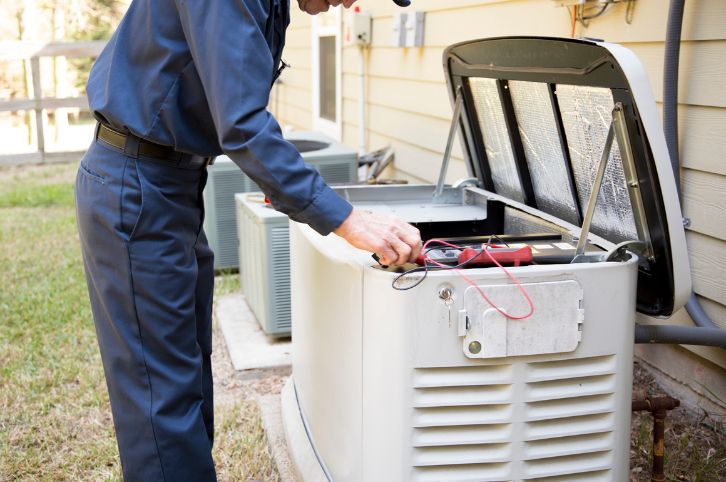
Generator Permitting and Town Regulations in Connecticut
December 16, 2025
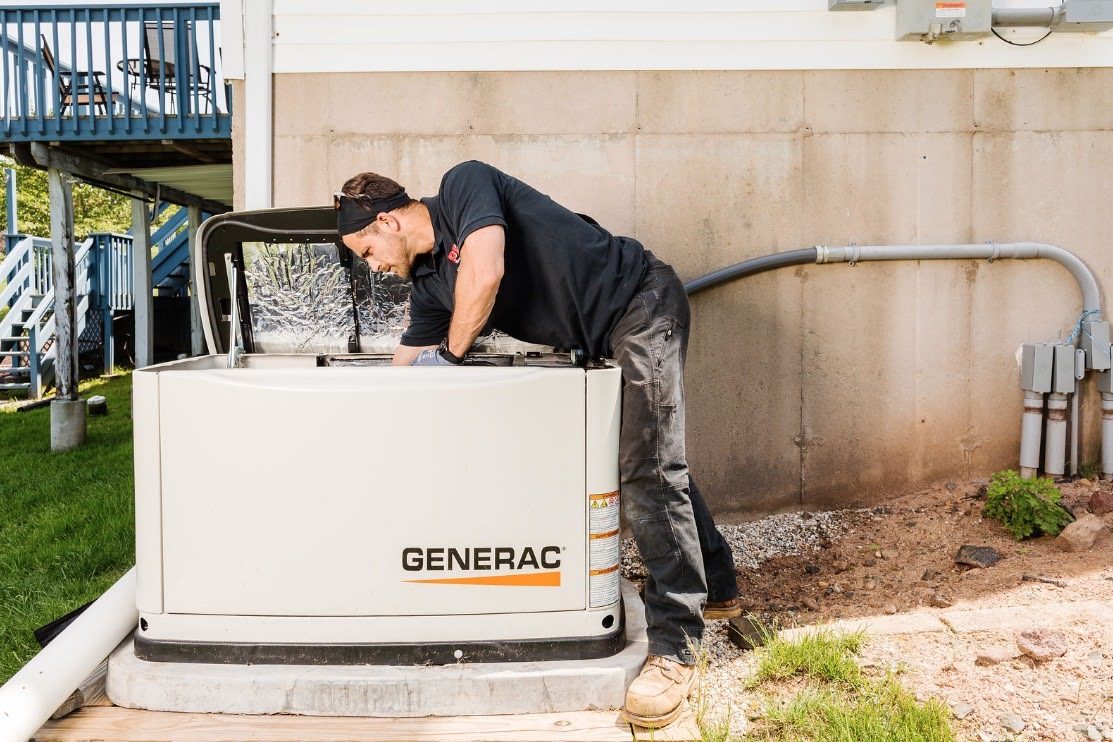
The Top 8 Home Projects with the Highest Return on Investment
November 12, 2025
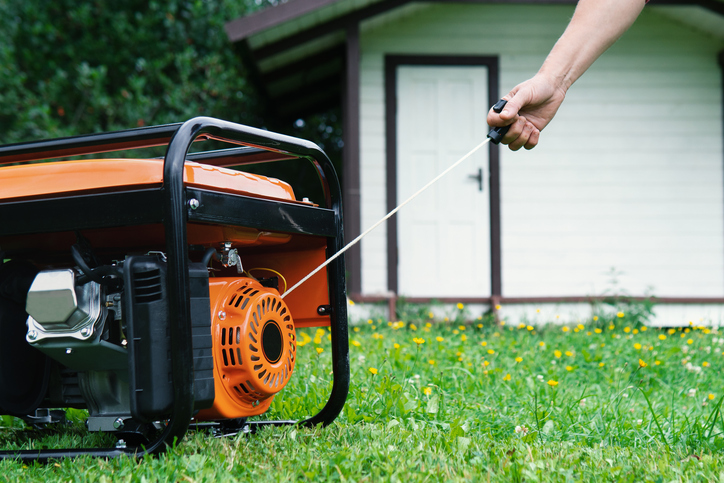
Portable vs. Standby: Choosing the Right Generator for Your CT Home
October 20, 2025

5 Reasons a Standby Generator Is One of the Smartest Investments You Can Make for Your Home
October 20, 2025
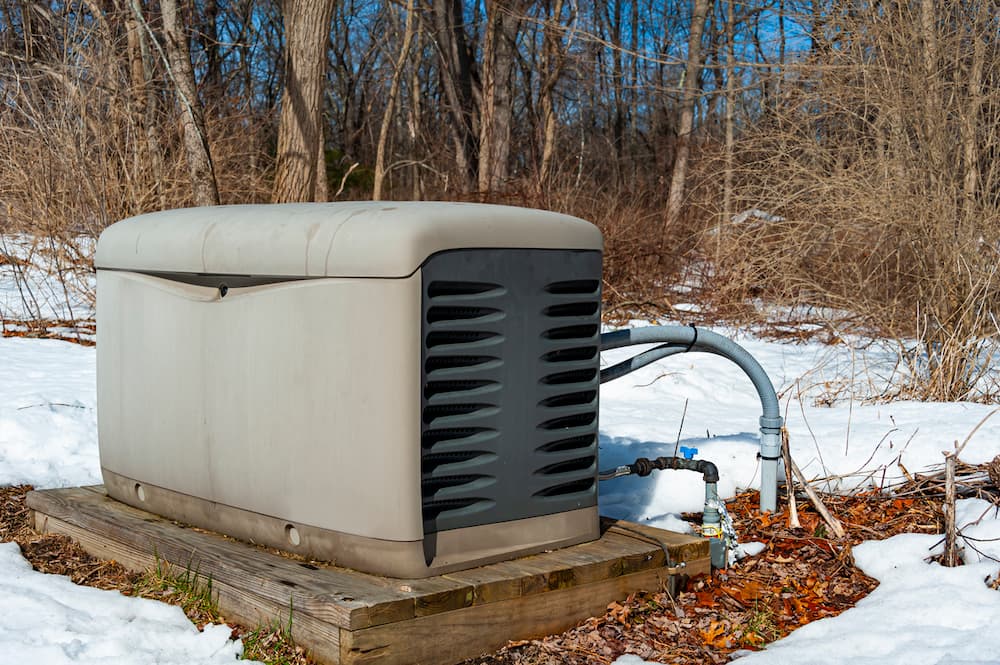
Safely Run Your Home Generator in Rain & Snow
October 17, 2025
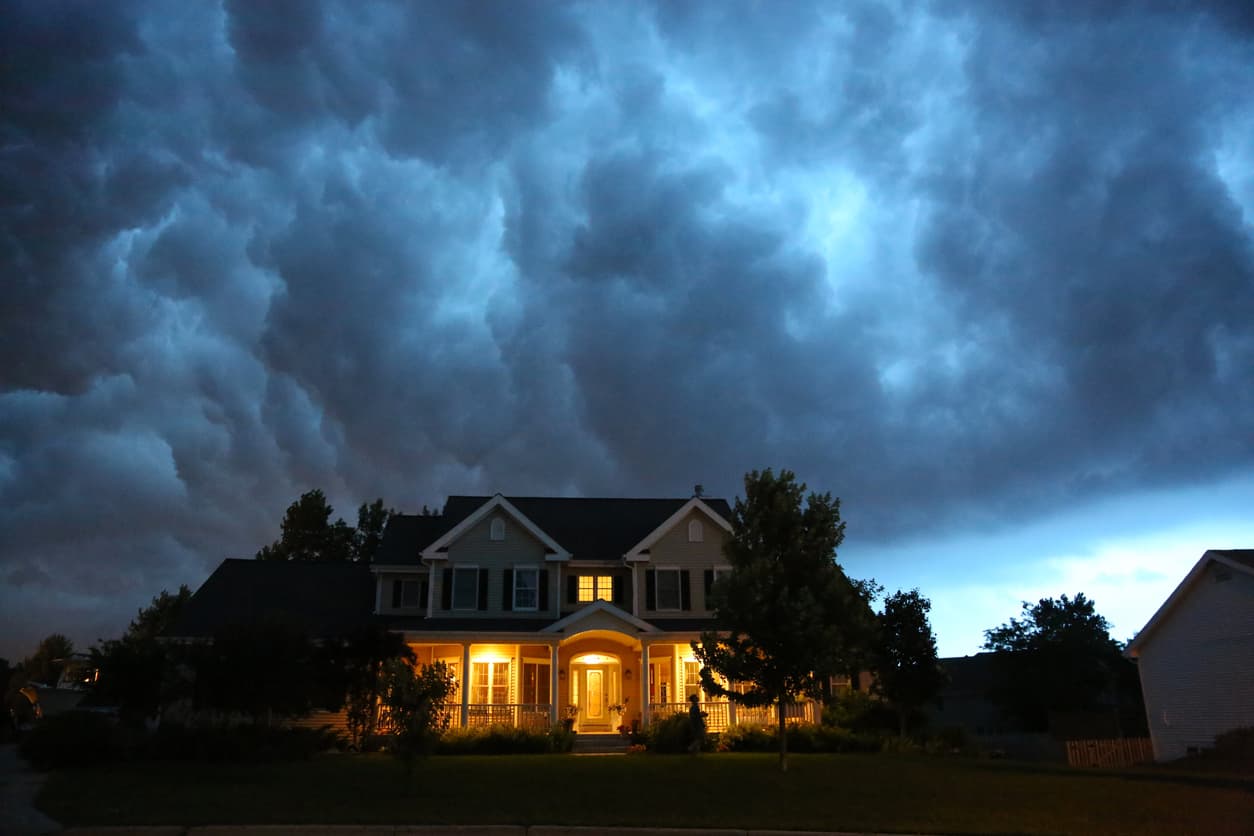
Generator Fuel Types Explained: Gasoline, Propane, Natural Gas, and Diesel
September 24, 2025

